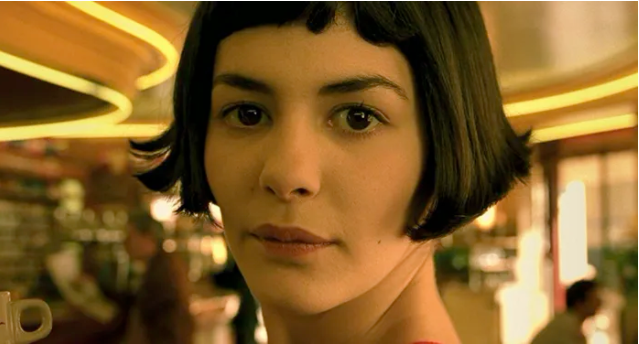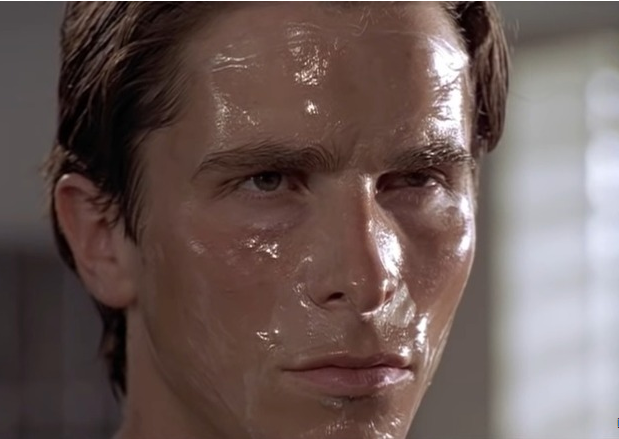What is Eye Level Shot with Examples
Eye level shot definition in films is quite self-explanatory: the cam is placed on an eye level so that a viewer has an impression of being immersed in the action.

Eye level shot definition
Eye level angle shot is considered neutral – in contrast with high and low angles, which make you feel superior or inferior to the character. In fact, it has far more than just a “neutrality” – that’s why it’s comparatively and surprisingly rare.
If you speculate for a minute, you’ll realize that eye level is not as widely used in photography and filmography as we might think. Much more often we see the scene from less natural angles – and there’s a simple explanation of it.
Each angle changes stress. If the cam is higher than a character, we feel that they are less important, dangerous, or serious. On the other hand, a low angle makes a figure more powerful and significant.
Eye level shots give us an impression of equality. We perceive the movie characters as one of us, sympathize with them and have a feeling of deep empathy. Seeing an action from a natural level breaks “the fourth wall” and lets us feel as participants, not just onlookers. It’s a powerful filmmaking tool, which can humanize even serial killers and psychos without direct eye contact.
It doesn’t mean that you shouldn’t edit your shooting, though. Shot level is just one of cinematographic effects, there are many more of them.
Eye level examples
DiCaprio's character in “The Wolf of Wall Street” is telling us his story and even confessing that all that we see is completely illegal. We feel deeply involved in the action, as if it is us who are rejoicing in the office, celebrating and drinking champagne.

The same effect works for Amelie – as the whole film is her love story, eye level shots help us to witness her life, be mute participants and share her emotions.

The main character “American Psycho” is, well, a psycho. That’s why the director wants us to step into his shoes, to feel his motivation, to live through his story, not to judge.

That’s just a first step to a long journey of studying shooting angles, as there are about a dozen of them.



